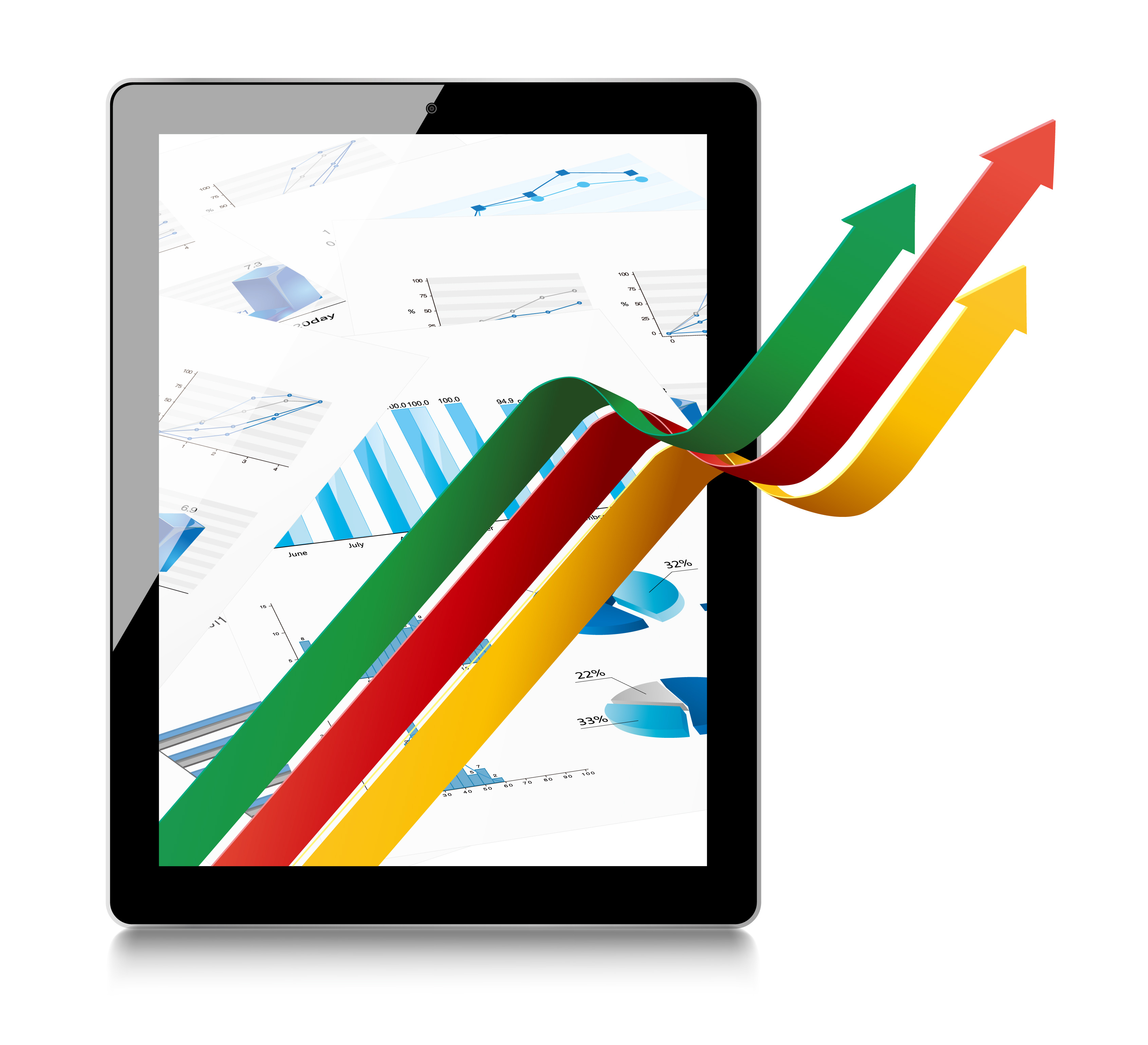There is the perception that upselling and cross-selling are underhanded selling techniques and that they only favour the seller. However, on the contrary, these two techniques can build stronger customer relationships and result in a win-win situation for both the customer and the seller.
But first, what is upselling and cross-selling?
Upselling is when the seller encourages a customer to purchase a more expensive item (in the same family or category) or to upgrade their current purchase to something better. Upselling can also include the provision of add-ons to a purchase. The upsell product doesn’t necessarily need to be more expensive but it usually is. An example of upselling would be the offer of adding luxury finishes (like leather upholstery) to a car the customer plans to purchase.
The term cross-selling is often used interchangeably with upselling, but they are different. Cross-selling is the selling of an additional or complementary product to add onto a current purchase. The suggested products are not usually the same type of product. For example, when someone purchases coffee, a cross-sell product can be donuts. Donuts and coffee are not the same type of product, but they are known to go well together. You can also see cross-selling in the “Frequently Bought Together” and “Customers who bought this item also bought” sections of websites.
So, what are the advantages of upselling and cross-selling?
Increased CLV (customer lifetime value)
CLV is the prediction of future value to be derived from a customer and their entire future relationship with a company. An upsell can increase CLV as it extends the relationship between the customer and the company by adding more purchases. A valued purchase represents something positive to the customer and encourages them to keep coming back.
Reduced customer acquisition costs
It is easier and cheaper to sell to an existing customer than it is to sell to a new customer. By upselling and cross-selling to existing customers you lower the costs involved with acquiring new one. This can result in an increase in profit.
The customer gets more value out of a purchase
When using upselling the customer is getting a product that could be considered of better value. Even though the item may be more expensive the value thereof is increased, for example, in terms of features or a better quality brand.
Accelerated time to achieve profit goals
Instead of increasing your profit one item at a time, customers now buy multiple items at once. This means that it will take a shorter amount of time to reach a certain profit goal while at the same time giving the customer more value.
It saves the customer time
Instead of the customer buying only one thing and then discovering later that they need an additional product, they get everything they need in one purchase through cross-selling.
The Onsight app makes it easier for your sales reps to cross-sell and upsell by highlighting complementary products, associated products and alternative products. LEARN MORE: How to activate the Linked Products feature.











